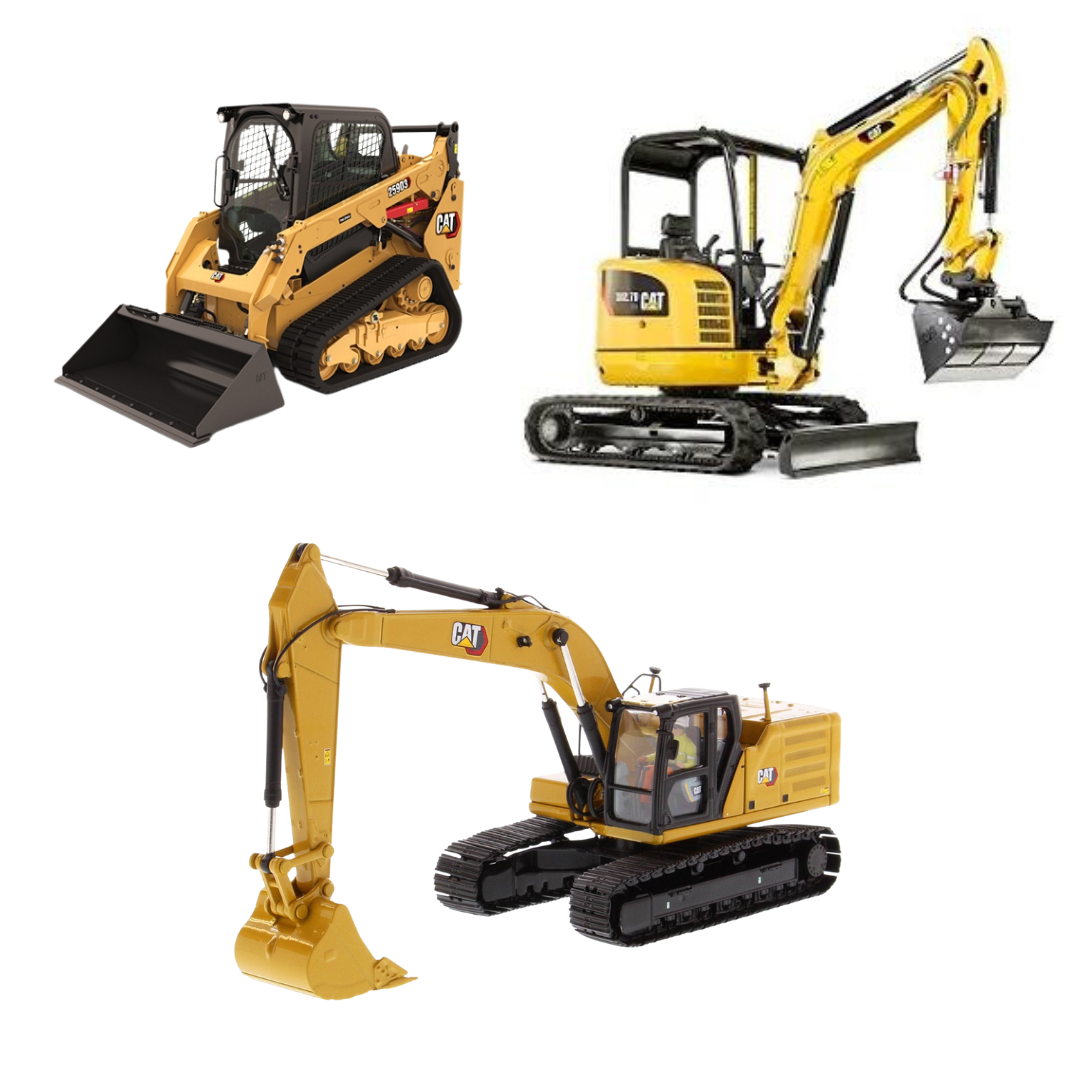Forklift Rental: Heavy Training Equipment for Warehousing and Extra
Forklift Rental: Heavy Training Equipment for Warehousing and Extra
Blog Article
Maximize Your Budget Plan by Understanding the Costs Linked With Building Devices Rentals
Recognizing the full extent of costs connected with construction devices services is essential for optimizing your budget plan. What approaches can be employed to efficiently take care of these prices and guarantee a more effective rental experience?
Overview of Rental Expenses
When thinking about building and construction devices leasings, understanding the connected expenses is extremely important for effective budgeting and task planning. Rental costs can differ substantially based upon a number of factors, consisting of devices type, duration of rental, and place. The initial rental charge frequently mirrors the devices's market need and its associated functional capabilities, influencing the overall cost.
In enhancement to the base rental rate, supplementary prices may arise, such as transportation costs, fuel surcharges, and upkeep charges. It is important to represent these added expenses to precisely analyze the complete price of renting devices. The rental duration can impact prices; longer leasings might certify for affordable rates, while short-term leasings could sustain greater day-to-day charges.

Malfunction of Rental Prices
A thorough understanding of rental prices is crucial for service providers and task supervisors intending to enhance their budgets. Rental rates for building and construction tools commonly include numerous components, consisting of base rates, time-based costs, and use charges.
Base rates are the core fees connected with the leasing of the tools, often identified by the type and size of the machinery. These rates can differ substantially, influenced by elements such as devices demand, availability, and local market patterns. Time-based fees, which might be daily, weekly, or monthly, serve to suit different job timelines and rental periods.
Furthermore, rental rates might include use charges, which apply when equipment is used past a specified limit, making sure that the rental business can make up deterioration. Seasonal demand fluctuations can additionally impact rental prices, with peak building seasons commonly regulating greater rates.
In addition, comprehending the rental firm's policies concerning upkeep and insurance coverage can provide additional understanding right into the overall price framework. By examining these elements, specialists can make informed decisions, guaranteeing the selection of rental equipment aligns with both task needs and budget plan constraints.
Extra Costs to Consider
Understanding the ins and outs of added fees is essential for specialists to handle their total rental expenses effectively. Beyond the common rental prices, numerous additional charges can considerably impact the overall cost why not find out more of tools leasing. These costs commonly consist of distribution and pick-up fees, which can vary based on range and logistics associated with transporting the tools to and from the task website.
Additionally, some rental firms might enforce gas surcharges if the equipment is returned with less fuel than when rented out. It is likewise necessary to recognize prospective cleaning fees, specifically for customized equipment that needs complete upkeep after usage.

Extensively examining the rental agreement and making clear these extra fees ahead of time can assist professionals guarantee and stay clear of unanticipated expenses that budgets continue to be intact throughout the task lifecycle.
Maintenance and Fixing Expenses
Normal maintenance and fixing costs are often ignored elements that can significantly influence the general price of construction tools rentals. When renting out equipment, it is critical to consider not just the rental charges but likewise the possible costs related to maintaining the machinery in ideal operating condition.
Numerous rental firms consist of basic maintenance as part of the rental agreement; nevertheless, a lot more extensive repair services or unanticipated break downs can cause added expenditures. It's vital to review the rental contract very carefully to recognize what upkeep solutions are covered and what responsibilities fall on the occupant.
Furthermore, equipment that is not well-kept can cause inadequacies on the work website, possibly increasing and causing delays project expenses. To minimize these threats, it is suggested to perform normal examinations and keep open communication with the rental company relating to any type of problems that develop during use.
Insurance and Liability Costs
Insurance policy and responsibility prices are important elements that can significantly impact the overall expenditure of building and construction devices rentals (boom lift rental). These expenses ensure that both the rental firm and the customer are safeguarded from potential economic losses emerging from crashes, damages, or theft throughout the rental period

Additionally, customers should be aware of any deductibles or exclusions in the insurance coverage policy, as these can influence possible out-of-pocket costs. Comprehending the terms of any kind of insurance policy coverage is essential to stay clear of unforeseen costs. Inevitably, budgeting for insurance policy and liability costs can assist ensure a smoother rental experience and secure versus financial dangers related to construction tasks.
Conclusion
In verdict, a thorough understanding of the prices connected with building equipment leasings is necessary for find out this here reliable budget administration. Ultimately, informed decision-making pertaining to tools leasings contributes to the overall success of building and construction undertakings.
Rental expenses can differ significantly based on numerous factors, consisting of devices type, period of rental, and location (heavy equipment rental). The rental duration can impact rates; longer leasings may certify for affordable prices, while short-term services may sustain higher daily fees
By performing detailed research and involving with respectable rental companies, service providers can properly navigate the intricacies of rental pricing, inevitably maximizing their monetary resources.
Beyond the typical rental rates, numerous supplemental costs can considerably influence the overall cost of demolition excavator devices service. Rental business usually offer responsibility insurance that covers injuries to third events or damage to building, while equipment damage insurance policy can cover the cost of repair work or substitute if the rented equipment is damaged.
Report this page